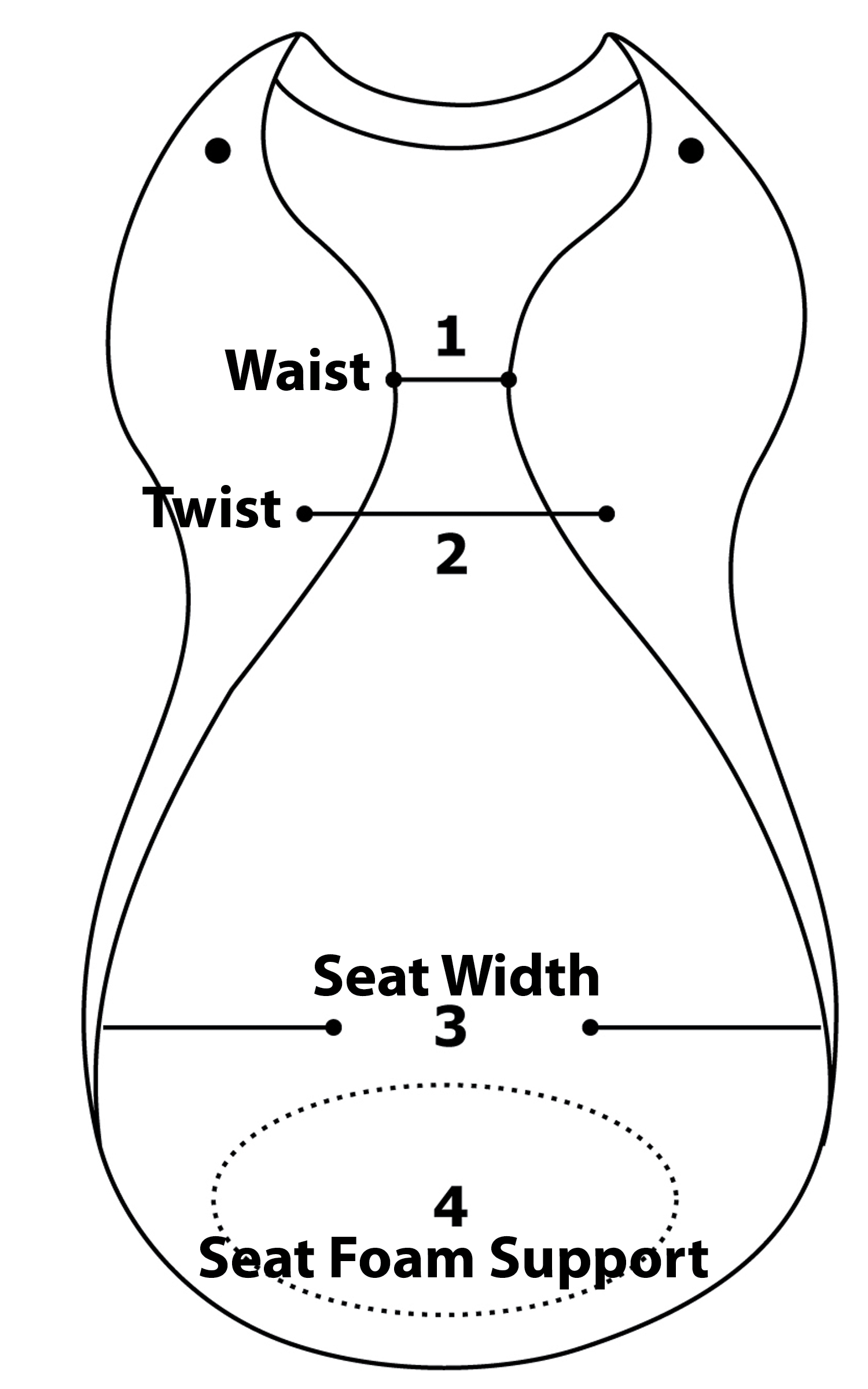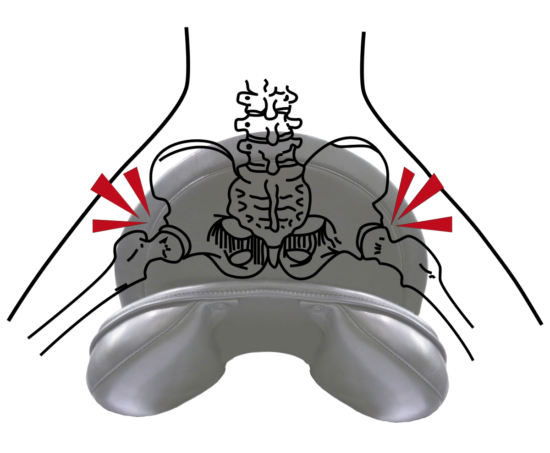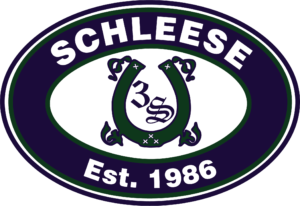Saddle Fit and Twist
I think the question of twist of the saddle is one of the most poorly understood parts of the saddle. It goes along with the idea that if you have a very wide-backed horse you will naturally get a saddle that has a wide twist – with the result that (especially as a woman) you will often feel like you are being ‘torn apart’ at the hips. Of course, you can do all sorts of yoga stretching exercises to help overcome the pain you will feel when this happens, but…
This absolutely does not have to be the case. Unfortunately however, it seems that almost every country, every saddle manufacturer, and every rider have their own idea of what the twist actually is and where it is found on the saddle. Of course, every discipline brings with it different balance points and different parts on the saddle where the rider will be positioned, but even these considerations can determine the proper twist for the rider.
Points of Reference on the Saddle

Area #1 represents the waist of the saddle (saddle seaming which can be manipulated at will). In the middle of the saddle, Area #2, represents the actual position of the twist (what the rider feels between their upper inner thighs). The rider should feel an absolutely even distribution of pressure between the inner upper thighs and the crotch area. If the saddle doesn’t fit here, the knees and the feet will be turned out instead of hanging straight down. Your thighs will also feel “pulled apart” and your hips will hurt. The other extreme in this area could have you feel as though there is very little contact between the upper inner thighs and the saddle – almost as if you were sitting on a tepee. Area #3 represents the seat width and Area #4 represents the area of seat foam support which should be ample enough to accommodate the rider’s gluteal muscles but not too much as to force the rider into excessive arching of their back..
There is a very simple definition of twist: it is actually that part of the saddle (tree) that you will feel between your upper inner thighs. That’s it. It has nothing to do with the seaming on top of the saddle, which is a very simple optical illusion and can be made very narrow or very wide, depending on the saddler making the saddle. It does not affect what you feel. You can have very narrow seaming and a very wide twist or vice versa.
The twist of the saddle is crucial in determining this type of “feeling pulled apart” coming up. Because of the female pelvic structure and our muscles, most women will need a fairly narrow, upside-down u shaped twist. Because of the way female muscles (quads and hamstrings) are – very round – there is less space in the upper inner thigh area than for a man – where these same muscles are much flatter and more at the front and back than at the sides. Female hip bones are articulated differently, which also leads to issues of hip pain depending on the seat of the saddle.

Especially prevalent among dressage riders, it is important to have a saddle that accommodates the female anatomy because you are sitting in the saddle pretty much all the time except in posting trot. So even if you have a very wide-backed horse, the twist can be made as narrow as you need/like – which has nothing to do with how the saddle will fit the horse’s back (which is of course also crucial in maintaining back health for your partner).
It is the bottom of the saddle (the panel and gullet) which is made to fit the horse’s back – and you can have both if you have a saddle maker who knows what he is doing and takes both horse and rider into consideration. You can absolutely have a wide-backed horse that will not impact the rider’s anatomical requirements if the saddler is involved in the design from the get go and knows both the rider’s needs and the horse’s three-dimensional back shape.
Saddle design has come a long way to accommodate both the new demographic (women) needs in the industry while still maintaining the ability to properly fit the horse. You can have your cake and eat it too – it’s still too often that I hear “I don’t really care if my saddle doesn’t fit me as long as my horse is comfortable” – BUT: if you are uncomfortable in your saddle your discomfort will translate down to the horse and he will never perform to his best capacity regardless how well the saddle fits him. As the ad says “you’re worth it”. (Aren’t you? Don’t you owe it to yourself to make sure that your needs in the saddle are fully recognized and met?)
©2016 Saddlefit 4 Life® All Rights Reserved
